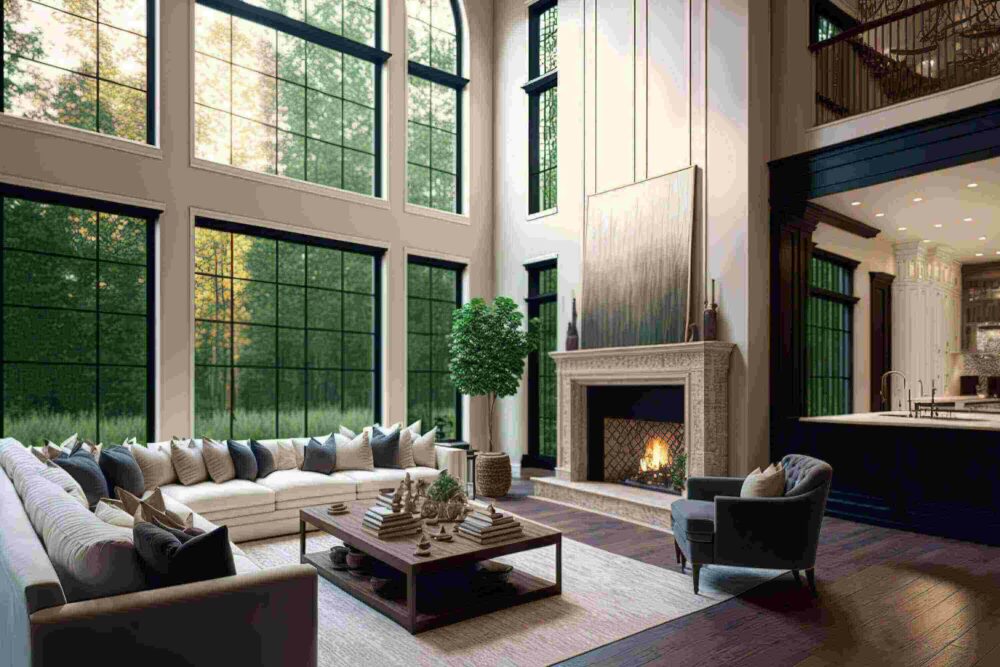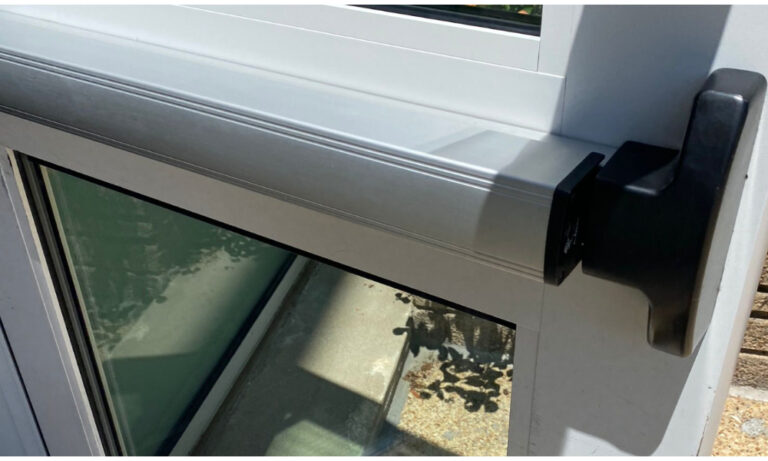
Creating a cohesive look throughout your home is an essential aspect of good interior design. A harmonious and well-coordinated space not only looks visually appealing but also creates a sense of balance and comfort. One way to achieve this is by using wallpaper to tie different rooms together. In this article, we will explore how homeowners can create a cohesive look using popular wallpaper Singapore styles and design, discussing popular patterns and colours, and providing practical tips for achieving this unique style.
Understanding Cohesion in Interior Design
A cohesive look in interior design refers to the seamless blending of colours, patterns, and textures throughout a space. This does not mean that every room should look identical; rather, it’s about creating visual harmony and unity by incorporating complementary design elements that tie the spaces together.
Popular Wallpaper Patterns and Colours for Cohesion
To create a cohesive look in your home, consider using some of the currently popular wallpaper patterns and colours. These include:
1. Geometric patterns:
These versatile designs can easily be incorporated into various interior styles, from modern to traditional.
2. Floral and botanical prints:
Nature-inspired designs are timeless and can help create a soothing and harmonious atmosphere.
3. Abstract and watercolour patterns:
These artistic designs can add a touch of flair and personality to any space.
4. Neutral and pastel colours:
Soft hues are ideal for creating a serene and cohesive backdrop in your home.
Step-by-Step Instructions for Choosing and Using Wallpaper to Create a Cohesive Look
Step 1: Determine Your Colour Palette
Begin by selecting a colour palette that will serve as the foundation for your cohesive look. Choose two or three main colours that will be used throughout your home. These can be incorporated into your wallpaper choices, paint colours, and textiles.
Step 2: Select Complementary Wallpaper Patterns
Choose wallpaper patterns that complement your colour palette and work well together. Opt for a mix of larger and smaller prints to create visual interest. To ensure cohesion, use similar patterns or motifs in different rooms, or choose designs that share a common theme or style.
Step 3: Mix Eclectic Patterns with Care
When mixing eclectic patterns, pay close attention to scale and colour. Combine larger prints with smaller, more delicate designs, and ensure that the colours are complementary. To maintain cohesion, limit the number of different patterns in a single room.
Step 4: Create Visual Interest within a Room
Use wallpaper to create focal points or highlight architectural features within a room. For instance, you can use a bold pattern on an accent wall or alcove to draw attention to a specific area.
Step 5: Wrap a Room in Wallpaper
For a unique design statement, consider “wrapping” an entire room in wallpaper. This technique involves using the same wallpaper on all walls and even the ceiling, creating a cohesive and immersive space.
Pairing Wallpaper with Coordinating Design Elements
To complete your cohesive look, coordinate your wallpaper choices with other design elements in your home:
1. Paint Colours:
Choose paint colours that complement your wallpaper selections, either by matching the main colour or selecting a contrasting hue.
2. Textiles:
Use fabrics that echo the colours and patterns of your wallpaper for curtains, cushions, and upholstery.
3. Accessories:
Select decorative items such as artwork, rugs, and lighting that enhance and harmonize with your wallpaper choices.
Conclusion
Achieving a cohesive look throughout your home using wallpaper is not only a stylish choice but also a practical way to create harmony and balance in your living spaces. By carefully selecting patterns, colours, and coordinating design elements, you can create a visually appealing and comfortable environment that reflects your unique taste and personality.





